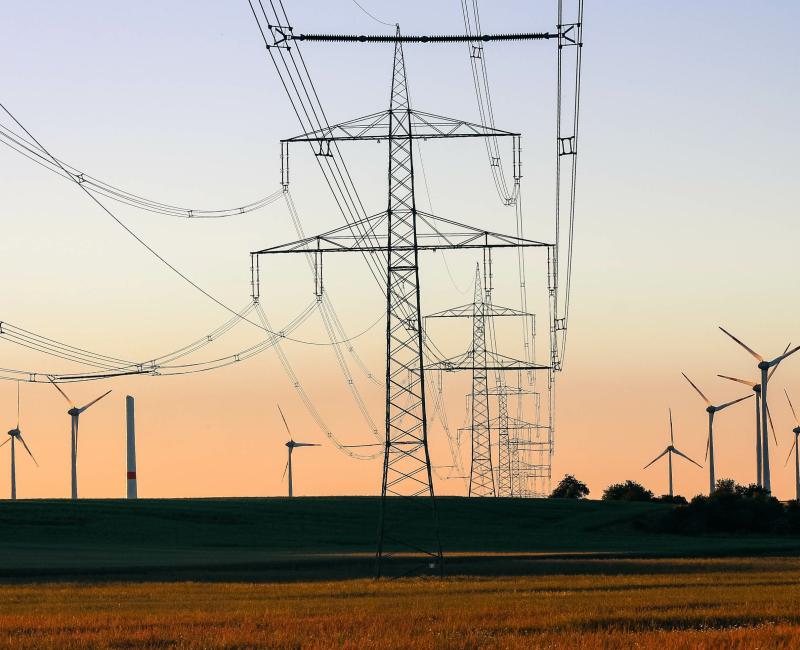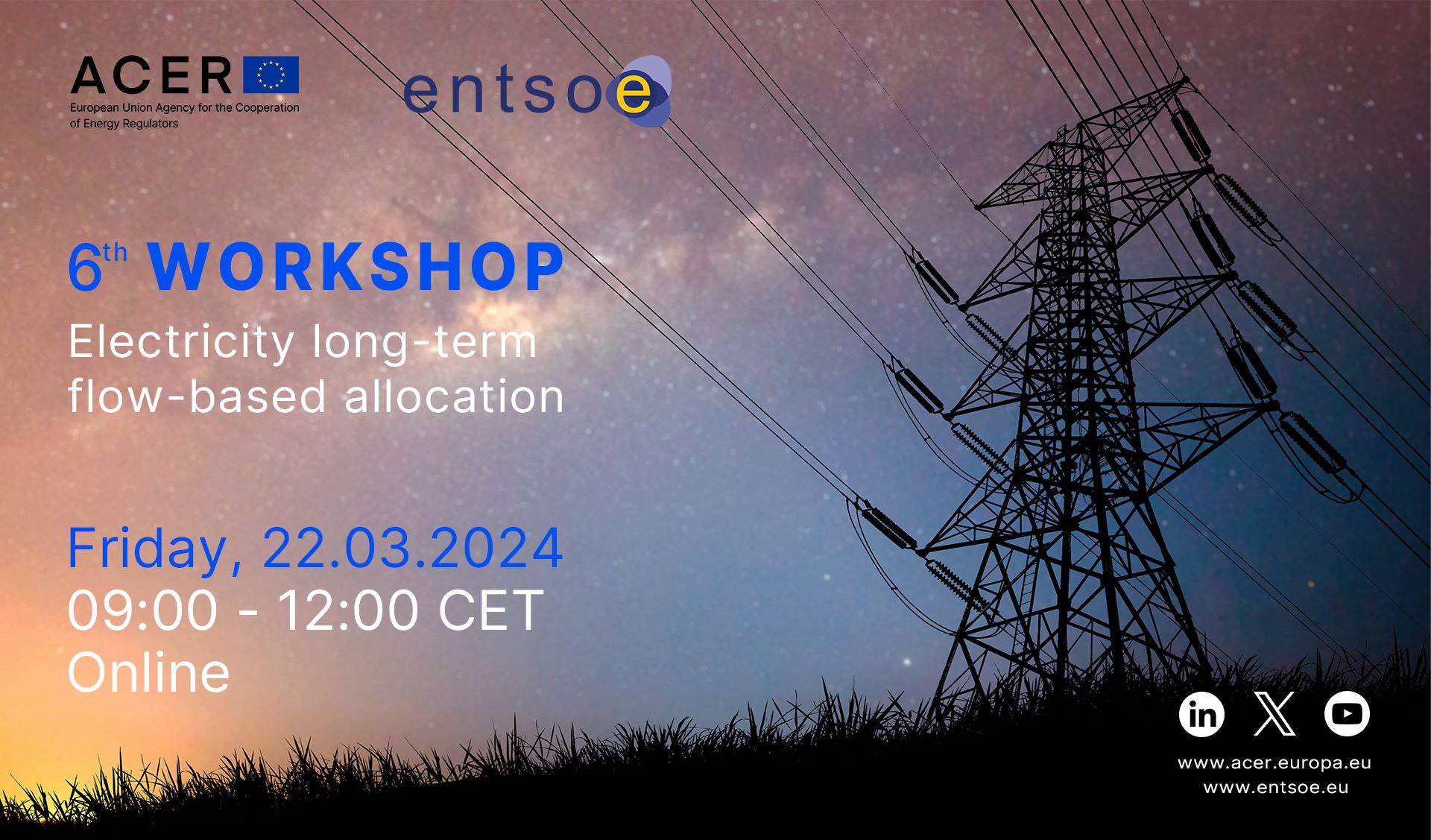Electricity Balancing

The Electricity Balancing Regulation
The Electricity Balancing (EB) Regulation sets out rules for the procurement, exchange, and activation of balancing services. Its provisions cover:
The EB Regulation also defines obligations for TSOs, National Regulatory Authorities (NRAs), and ACER concerning the development of Terms and Conditions or Methodologies (TCMs), as well as describing their adoption process.
TCMs establish the technical guidelines and rules to further define the provisions outlined in the electricity market regulations. Their aim is to create a common and harmonised regulatory framework within the EU and to ensure transparency and fair practices.
This page provides an overview of the TCMs developed under the EB Regulation and presents an indication of their implementation status.
-
Further updates on the implementation status
The information on the implementation status of the TCMs has been compiled by ACER on the inputs provided by NRAs. It will undergo updates as soon as the relevant monitoring is conducted. In some cases, additional information or clarifications from regulatory authorities might be needed.
-
Latest monitoring dashboard
ACER regularly develops interactive dashboards that visualise the implementation of specific TCMs.
Scroll down to explore the latest monitoring dashboard.
EU-wide Methodologies
EU-wide methodologies are developed jointly by all TSOs or all Nominated Electricity Market Operators (NEMOs) at a pan-European level. They provide guidelines and standards that govern energy operations across all Member States.
The RR platform is operational since 2020. Not all TSOs use the RR process, therefore they do not intend to join the platform.
The mFRR platform is operational since October 2022.
The aFRR platform is operational since June 2022.
The European platform for imbalance netting process is operational.
Not all TSOs intend to use standard balancing capacity products.
Each TSO should implement this classification methodology, once they join the respective European platform.
Each TSO should implement this methodology once they join the respective European platform for the exchange of balancing energy. The European platform for the exchange of balancing energy form replacement reserves applied a different pricing methodology (as it became operation before the ACER Decision 01/2020). However, the TSOs using this platform should implement this methodology by 1st July 2022.
Implementation has not started yet.
The implementation is on-going. An amendment to the single day-ahead coupling algorithm methodology (Article 37 of the Capacity Allocation and Congestion Management Regulation) is expected by mid-2024, which aims to further specify the necessary steps towards a full implementation.
Each TSO shall apply the relevant provisions of the common settlement rules once they participate in the European balancing platform for the exchange of balancing energy or the operation of the imbalance netting process. The TSOs participating in the replacement reserve platform shall implement and apply these common settlement rules by 1st July 2022.
Explore the 2024 ISH implementation monitoring dashboard.
Regional Methodologies
Regional Methodologies are developed by relevant TSOs or NEMOs at a regional level. These regions may span multiple countries or specific geographical areas within the EU and are tailored to address the needs and dynamics of the defined areas.
Establishment of common and harmonised rules and processes for the exchange and procurement of balancing capacity
The FCR Cooperation is operational and expanding.
Implementation has not started yet.
Exemption from the obligation to allow balancing service providers to transfer their obligations to provide balancing capacity
The FCR Cooperation is operational and expanding.
Implementation has not started yet.
Cross-zonal capacity calculation methodology for the balancing timeframe
Implementation has not started yet.
Implementation has not started yet.
Implementation has not started yet.
Implementation has not started yet.
Implementation has not started yet.
Implementation has not started yet.
Implementation has not started yet.
Implementation has not started yet.
Methodology on the application of market-based allocation process of cross-zonal capacity for the exchange of balancing capacity
Nordic market-based allocation process is operational on the specified bidding zone borders.
Methodology for a market-based allocation process of cross-zonal capacity for the exchange of balancing capacity or sharing of reserves
Methodology was approved but implementation was not followed up: no implementation foreseen so far.
Implemented and operational on most bidding zone borders of the Nordic CCR.
Implementation is to take place upon synchronisation with Continental Europe. Synchronisation expected by 2025.
Methodology was approved; no application or implementation foreseen so far.
Methodology was approved; no application or implementation foreseen so far.
Methodology for an allocation process of cross zonal capacity for the exchange of balancing capacity or sharing of reserves based on economic efficiency analysis
No implementation foreseen.
Common settlement rules for intended exchanges of energy as a result of the frequency containment process and ramping period
The approved rules are implemented.
The approved rules are implemented.
The approved rules are implemented.
Common settlement rules for all unintended exchanges of energy
The rules are implemented.
The rules are implemented.
The rules are implemented.






